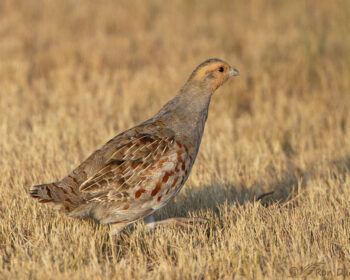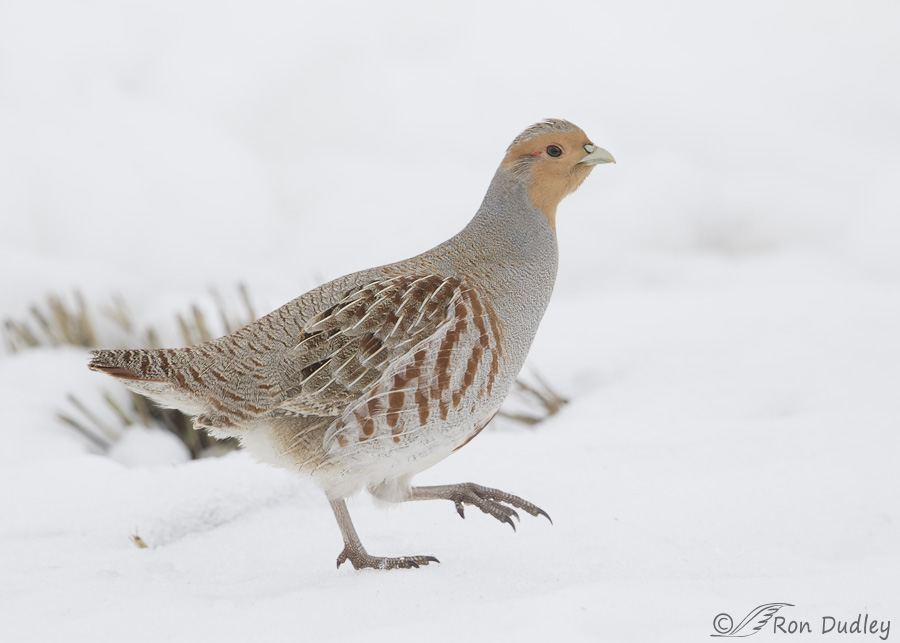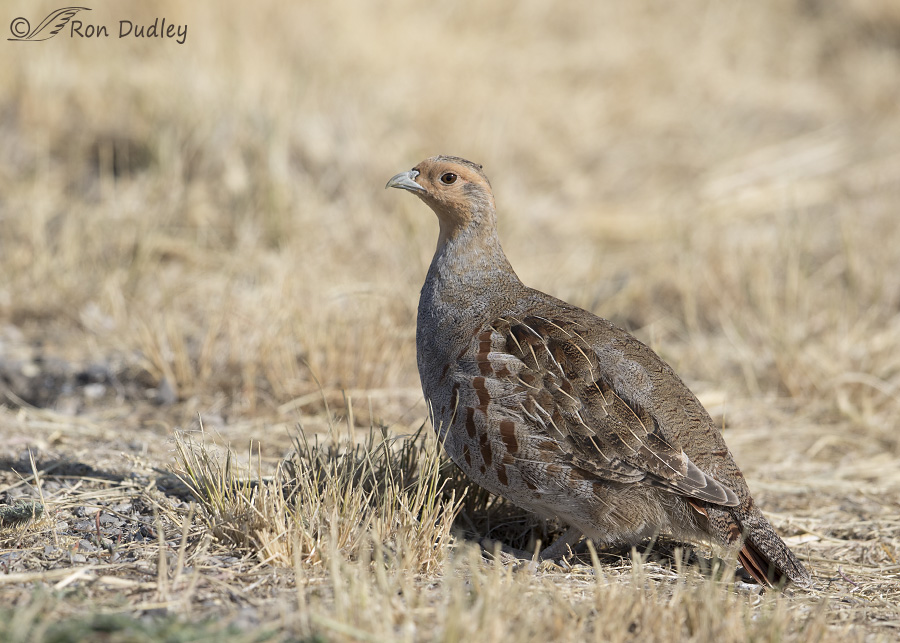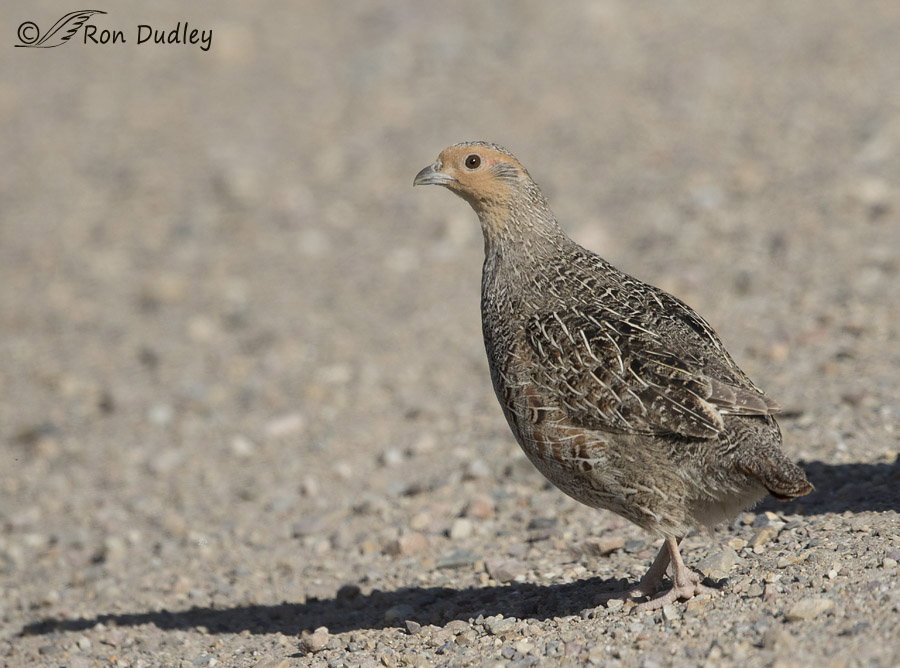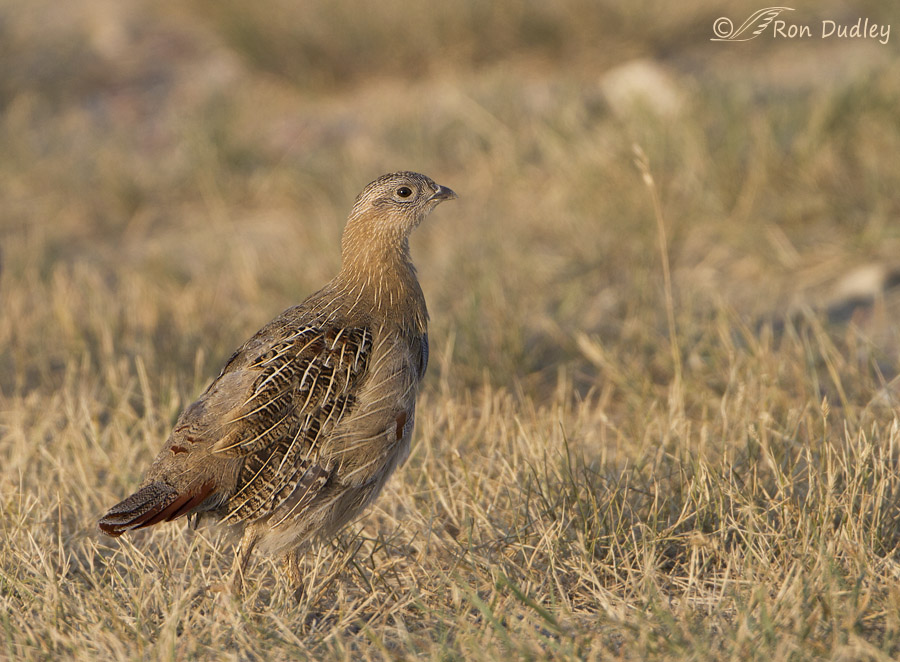Tag: gray partridge
Gray Partridges In The Snow
A Passel Of Partridges
Gray Partridges – An Unusual Find For The Centennial Valley
Gray Partridge – Adult and Young Juvenile
Gray Partridges In Northwest Montana
The Gray Partridge has a fairly limited range in North America and most folks don’t get to see them so I thought some of my readers might be interested in a post on the species. This bird prefers the grasslands and grainfields of our northern wheat-belt so they’re fairly common on our family farm in northwest Montana.
Gray Partridges are often called Hungarian Partridges, or “Huns” for short.
Gray Partridges In Glacier County, Montana
Gray Partridges are very elusive. In all the years I’ve been returning to Montana I’ve never been able to get acceptable images of them until this last trip. Since most folks in North America never get an opportunity to see this species I thought I’d post a few shots of them. Hunters and locals routinely call these birds Hungarian Partridges, or “Huns” for short. Growing up, that’s the only name I knew them by. 1/1250, f/6.3, ISO 500, 500 f/4, 1.4 tc It’s difficult to catch one of these birds standing still. Usually, whenever you’re anywhere near them, they’re running for cover… 1/1600, f/6.3, ISO 500, 500 f/4, 1.4 tc as this bird is. And believe me, they run fast! Anyone who has ever unexpectedly flushed a group of these birds has had an experience they won’t soon forget. The squawking noise they make, combined with the racket from their buzz-saw wings as they erupt in front of you, can be extremely startling – an experience I’ve had many times. Gets the heart pounding, that’s for sure. 1/2000, f/6.3, ISO 500, 500 f/4, 1.4 tc This is a juvenile. I’ve cropped this image a little more than I like to but I preferred this pose over other shots of juvies I got. This partridge has a short lifespan, high mortality rate and high reproductive capability. Females produce among the largest single hen clutches of any bird species (up to 20 eggs). And reproductively, this year must have been highly successful for them…


